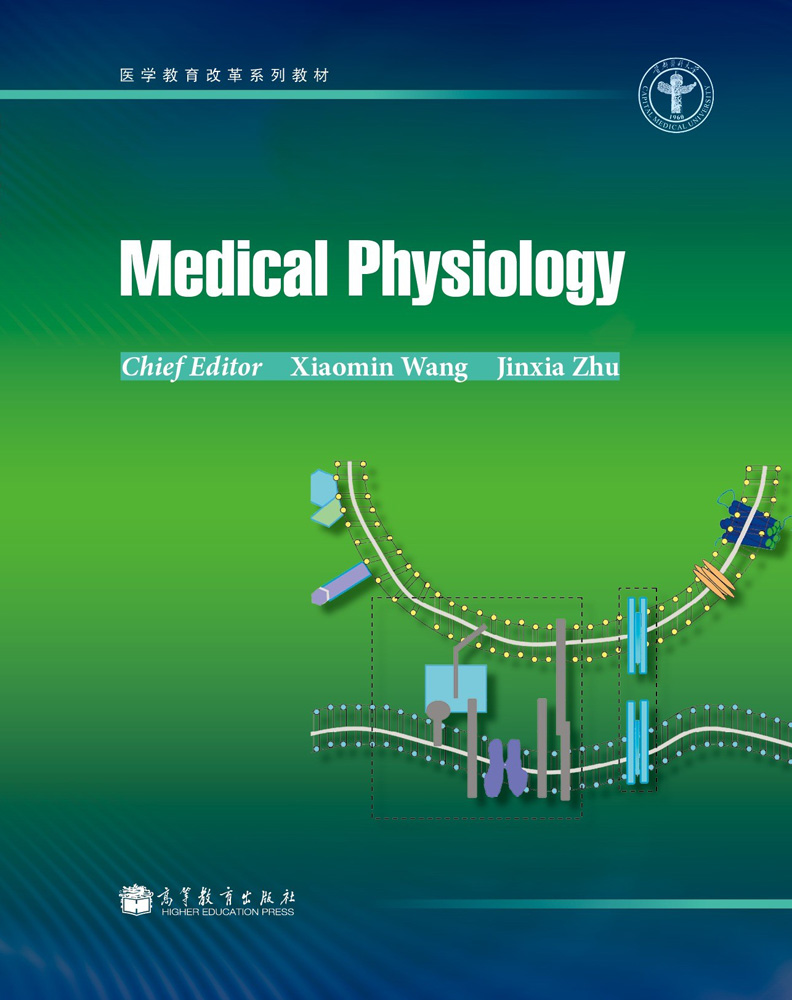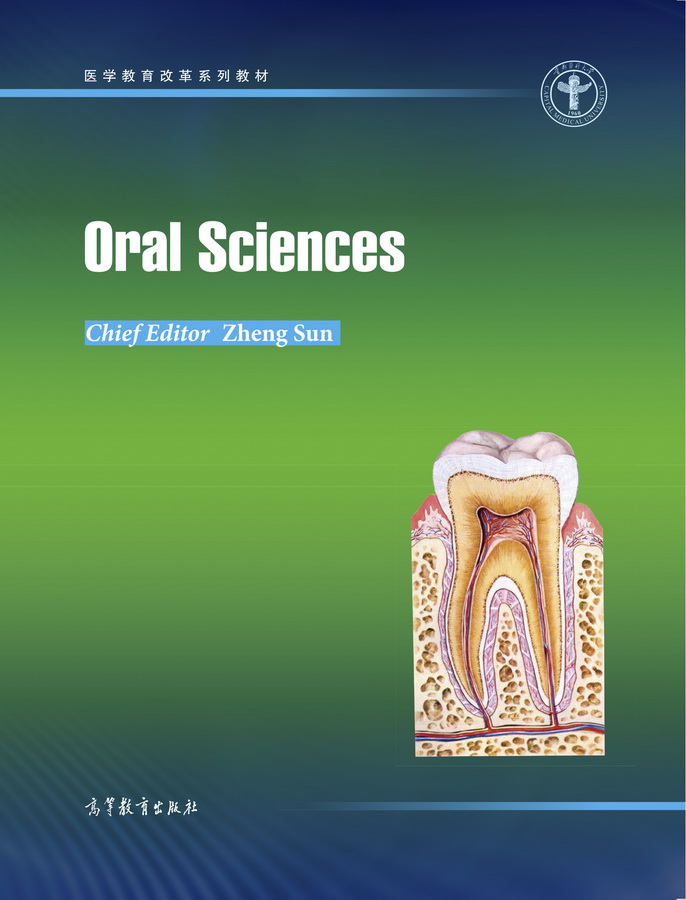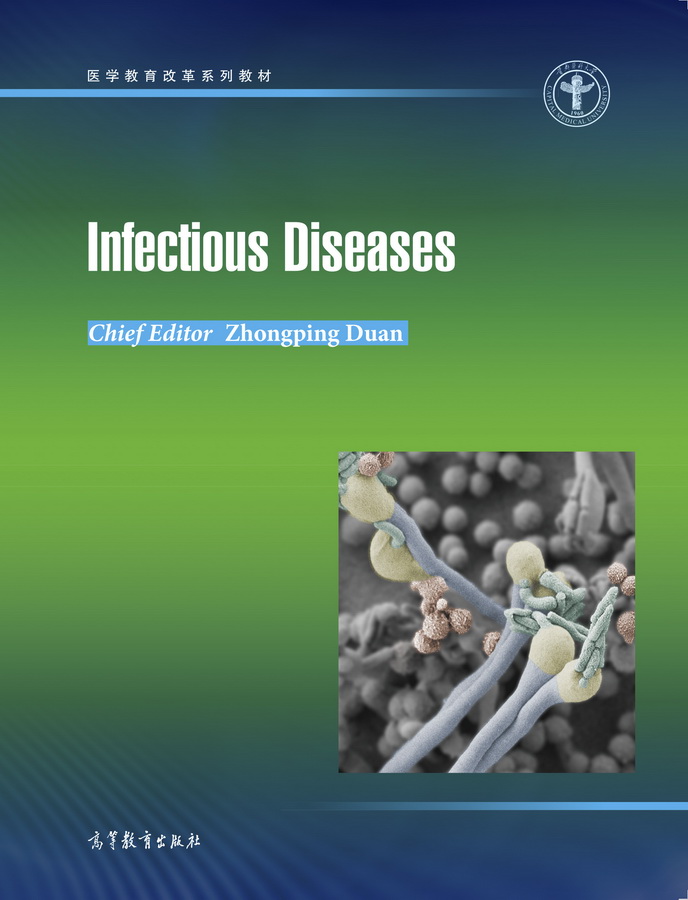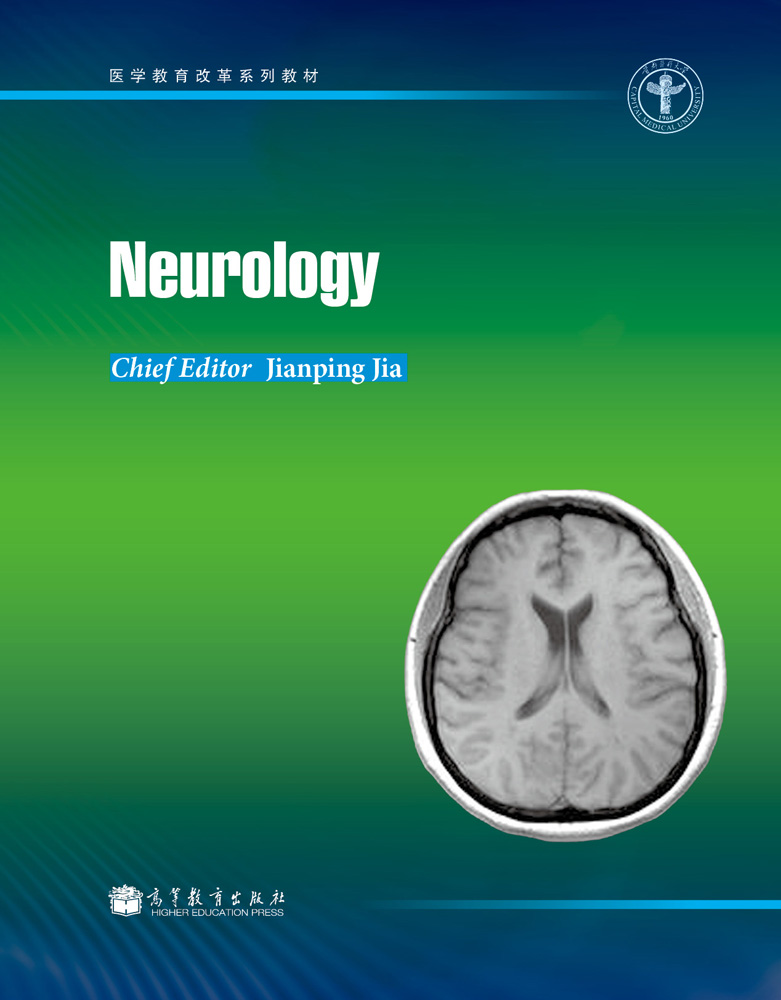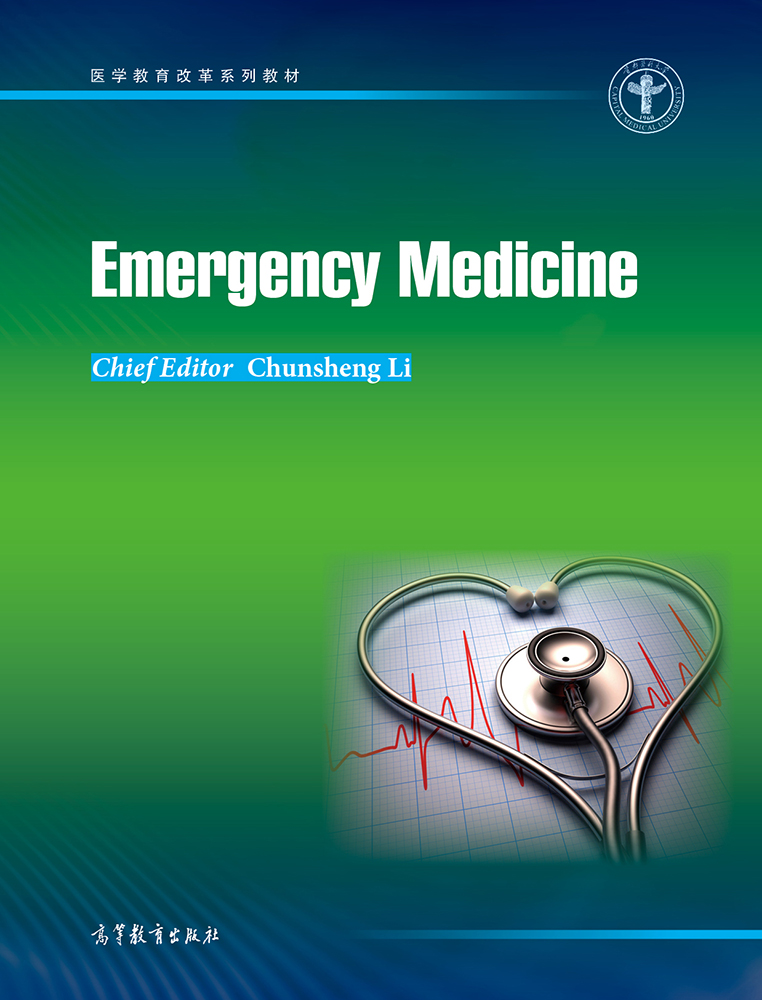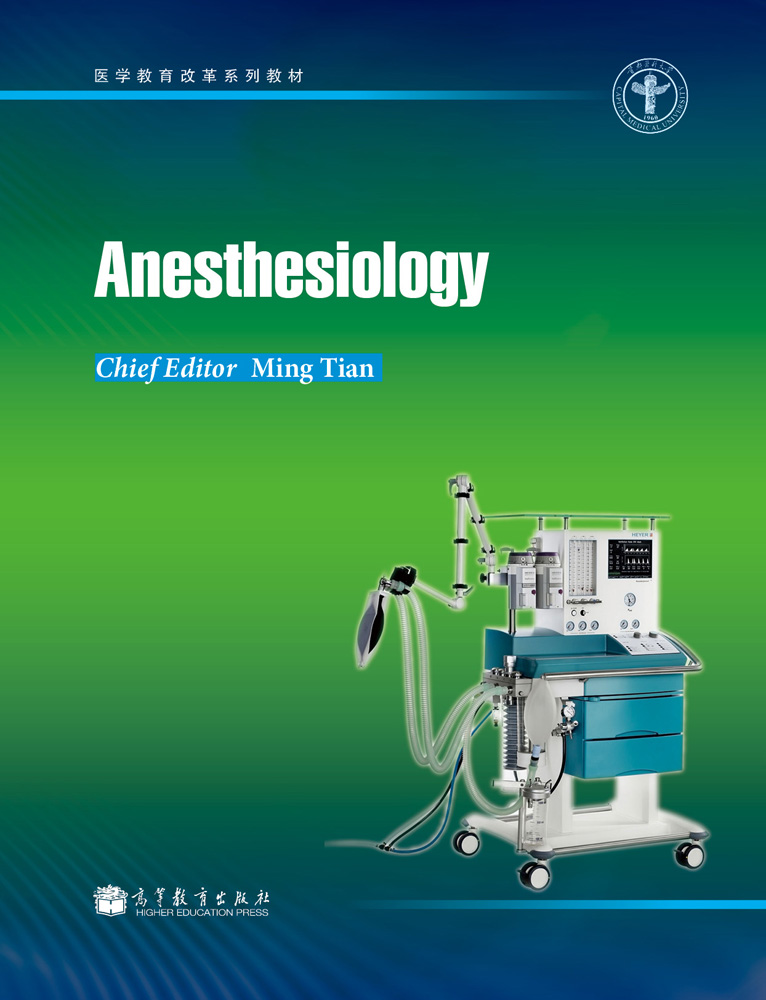- 高等教育出版社
- 9787040392432
- 1版
- 134956
- 41254089-0
- 平装
- 大大16开
- 2014-01
- 420
- 223
- 医学
- 基础医学
- Q5
- 医学
- 本科
Physiology is an important and obbligato basic medical course for medical students, belongs to branch of biology. This textbook, Medical Physiology, is mainly designed for the needs of international medical students in Capital Medical University. We compose this textbook according to the latest published and current popular physiologic textbooks in English and Chinese. For students convenient, each chapter in this textbook contains Objective, Key Concepts or Terms, Introduction, Text, Chapter Summary, Review Questions and References.
This textbook is suitable for foreign medical students in China and Chinese medical undergraduate students. It can also act as a reference tool book for graduate students, medical researchers, medical educators and physicians. We wish this book could be easier for the students to understand and use, and also required for the modern medical educational system.
All the authors contributed to this book are physiologic teachers from the Department of Physiology in Capital Medical University except Dr. Zi Yan who had been a lecturer in the Department of Physiology in Shanxi Medical University and currently is going in for post-doctoral research. It is the first time for us to compose the physiologic textbook in English, in which there must be some undoubtedly mistakes. We sincerely welcome any suggestion from you, which will be very valuable for our future improvements, both in format as well as in content.
preface
Chapter 1 Cellular Physiology
1.1 Introduction
1.2 Cellular Membrane and Transmembrane Transport
1.3 Signal Transduction
1.4 Membrane Potential and Action Potential
1.5 Contraction of Striated Muscle
Chapter 2Nervous System
2.1 Introduction
2.2 Classification of Nerve Cells
2.3 Information Exchange between Neurons
2.4 Neurotransmitters and Receptors
2.5 Neural Reflex
2.6 Sensory Function of Nervous System
2.7 Somatic Motor Regulation by Nervous System
2.8 Regulation of Visceral Functions by Nervous System
2.9 Higher Integration in Brain
Chapter 3Endocrine System
3.1 Introduction
3.2 Hypothalamus and Hypophysis
3.3 The Thyroid Hormones
3.4 Adrenal Glands
Chapter 4Cardiovascular System
4.1 Introduction
4.2 Physiology of the Heart
4.3 Vascular Physiology
4.4 Regulation of the Cardiovascular System
Chapter 5Respiration System
5.1 Introduction
5.2 Organization of the Respiratory System
5.3 Pulmonary Ventilation
5.4 Gas Exchange
5.5 Gas Transport
5.6 Regulation of Respiration
Chapter 6Gastrointestinal System
6.1 Introduction
6.2 Mouth and Esophagus
6.3 Digestion in Stomach
6.4 Digestion in Small Intestine
6.5 Digestion in Large Intestine
6.6 Absorption
Chapter 7Kidney Functions
7.1 Introduction
7.2 Anatomical Characteristics of the Kidneys
7.3 Characteristics of Renal Blood Circulation
7.4 The Basic Processes of Urine Formation
7.5 Glomerular Filtration
7.6 Reabsorption and Secretion in Renal Tubule and Collecting Duct
7.7 Urinary Concentration and Dilution
7.8 Regulation of Urinary Formation
7.9 Micturition
版权

